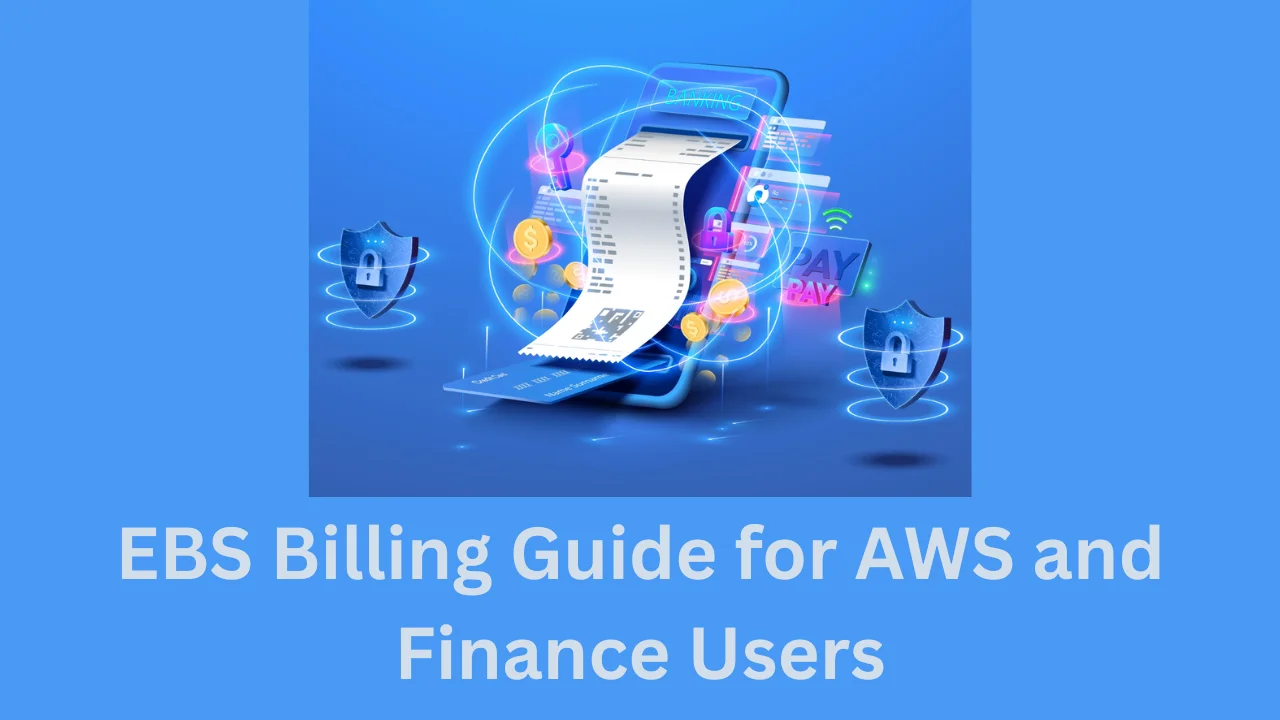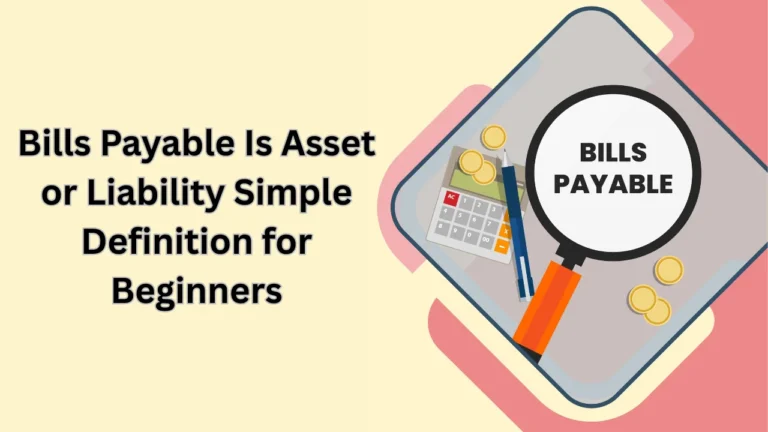In today’s digital world, businesses and individuals rely on technology for everything from payments to cloud services. One of the important terms you may hear in cloud computing or finance systems is EBS billing. Many people confuse it with banking, while others connect it to Amazon’s cloud platform. Both are correct because EBS can mean Elastic Block Store in AWS or Electronic Billing System in finance. To clear the confusion, this guide explains both meanings in detail, making it easy for you to understand how EBS billing works.
If you are familiar with banking services, you may have come across tools like zila sahkari bank balance check number that help in tracking balances. Similarly, in technology, billing systems such as EBS play a vital role in tracking costs and transactions.
What is EBS Billing?
The term EBS billing has two main uses. In Amazon Web Services (AWS), it stands for Elastic Block Store billing. AWS offers virtual storage disks called EBS volumes that attach to EC2 cloud servers. You are charged for how much storage you use, how many snapshots you keep, and the speed of operations.
In another context, it refers to Electronic Billing System billing, which is used by banks, utilities, and service providers. Here, customers get electronic invoices instead of paper bills. This system reduces manual errors and makes bill payment faster.
So whether you are a developer working with AWS or a customer paying online, EBS has a strong connection to billing.
Why EBS Billing Matters
It is important because it keeps financial records transparent. In AWS, without proper billing, companies would not know how much cloud storage they are using or overspending. In finance, electronic billing helps customers receive accurate invoices quickly, saving time.
By using it, both businesses and individuals gain better control of costs. It improves trust, avoids disputes, and makes financial management smoother.
EBS Billing in AWS (Amazon Web Services)
Amazon Elastic Block Store (EBS) is a cloud storage system. It acts like a hard drive for cloud servers. Each gigabyte of storage costs money, and that is what creates EBS billing.
Here are the main charges included in AWS EBS billing:
| Component | Description | Example Cost |
|---|---|---|
| Storage | Charges for every GB stored per month | $0.10 per GB-month |
| IOPS | Cost for input/output operations | $0.06 per provisioned IOPS |
| Snapshots | Backup storage costs | $0.05 per GB-month |
| Data Transfer | Cost for transferring data across zones | Variable |
This table shows how AWS calculates charges. For example, if you have a 100 GB EBS volume, you will be billed monthly for that storage. If you add snapshots, the charges increase.
By understanding the details, businesses can reduce costs. For example, deleting unused snapshots lowers the bill.

EBS Billing in Banking and Finance
Outside cloud computing, it also means electronic billing systems. Banks and utility companies use this to replace manual billing. Instead of printing invoices, they send digital ones by email or mobile apps.
This process helps customers pay quickly through net banking, cards, or mobile wallets. For example, if you are a Bank of Maharashtra customer, you might use tools like bank of maharashtra balance check number to track balances. Similarly, EBS systems help you track and pay bills electronically.
The main advantages of electronic billing are speed, accuracy, and convenience. Customers no longer wait for paper bills, and companies save money on printing.
Benefits of EBS Billing
The advantages of EBS billing go beyond just payments. Let’s look at both AWS and finance systems.
In AWS:
Scalable storage: You pay for what you use.
Snapshots: Easy backups at a cost.
Performance options: High-speed storage for extra billing.
In finance:
Eco-friendly: No paper waste.
Accuracy: Fewer errors compared to manual bills.
Speed: Instant delivery and payment options.
By combining these benefits, it improves the way people and companies handle money.
How to Monitor EBS Billing in AWS
Amazon offers tools to track costs. You can use the AWS Cost Explorer and AWS Billing Dashboard. These show daily and monthly expenses. You can even set alarms when usage goes beyond a limit.
For example, if a company sets a budget of $500 a month, and EBS costs rise to $480, AWS can send a warning. This prevents overspending and ensures financial control.
Monitoring is the most important step in managing EBS billing.
The Process of Electronic Billing in Finance
When banks or companies use electronic billing, the process is simple. First, a bill is created in the system. Then it is sent electronically to the customer. Finally, the customer pays using digital methods.
Here is a simple breakdown:
| Step | Action | Outcome |
|---|---|---|
| Bill Creation | System generates the invoice | Digital record |
| Delivery | Bill sent by email or app | Fast communication |
| Payment | Customer pays online | Instant processing |
This shows how easy electronic billing is compared to traditional methods. It saves time for customers and money for companies.
Challenges in EBS Billing
Even though it has many benefits, challenges also exist.
In AWS, the biggest challenge is unexpected charges. Many users forget to delete unused EBS volumes or snapshots. These continue to add to the bill. Another challenge is understanding pricing models. Without knowledge, small businesses may end up paying more than needed.
In finance, electronic billing may face technical issues. Customers without internet may not access bills. Also, errors in digital systems can cause confusion.
By being aware of these challenges, users can take preventive steps to manage their bills better.
Best Practices to Save Money with EBS Billing
To get the most out of EBS billing, some best practices are useful. In AWS, always delete unused storage. Use lifecycle policies to manage snapshots. Select the right type of EBS volume depending on needs.
In finance, customers should check their bills regularly. Companies should secure their systems to prevent errors. By doing these small steps, the system becomes efficient and cost-effective.
The goal of EBS billing is not just to collect money but to create transparency and trust.
The Future of EBS Billing
The future of EBS billing looks promising. In cloud computing, AWS is introducing smarter cost monitoring and automation. This will help businesses save money without manual tracking. In finance, electronic billing is expected to replace paper completely.
Governments are also supporting digital billing systems for transparency. With better technology, it will become more accurate, faster, and safer for everyone.
Soon, both developers and customers will see billing as an automatic background process rather than a task.
Conclusion
EBS billing is more than just a technical term. It covers cloud computing in AWS and electronic billing in finance. For AWS users, it helps track storage costs, snapshots, and IOPS. For banks and companies, it means replacing paper bills with electronic ones.
By understanding its meaning, benefits, and challenges, both individuals and businesses can save money and improve efficiency. As the world moves toward full digital adoption, EBS billing will continue to grow in importance.
Whether you are a developer working on the cloud or a customer paying bills online, learning about EBS billing gives you control, clarity, and confidence in your financial journey.




